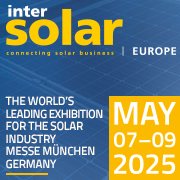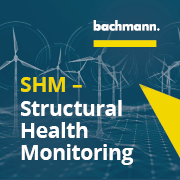In the context of sustainable development, addressing the widespread integration and consumption of new energy is crucial for achieving carbon peak and neutrality goals. Integrating new energy sources into the power grid is a key focus of the power industry. However, the intermittent nature of new energy poses challenges, potentially impacting the stability of regional power grids. To ensure safe and stable grid operations, new energy equipment must actively regulate grid conditions. This article explores how inverters, from the perspective of grid adjustment, play a vital role in ensuring the stable operation of power grids.
The main function of an inverter is to convert the variable DC voltage generated by the photovoltaic (PV) solar panel to the municipal electric frequency AC power (AC) and feed it back to the commercial transmission system, or for the off-grid power grid. The interaction between the inverter and the grid is mainly through active power and reactive power. The information that the inverter detects from the grid is mainly the grid voltage and frequency.
According to the analysis of the basic principles of the power system, for an ideal grid system with a line impedance of 0, the excess energy will be converted into kinetic energy to increase or decrease the generator speed, affecting the grid frequency when the active power of the load does not match the output power of the generator.























